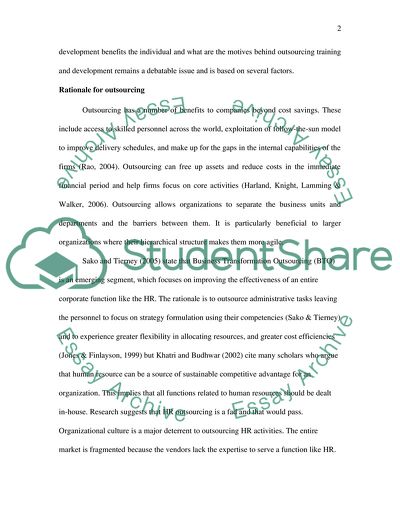Cite this document
(Outsourcing Training and Development: Advantages and Risks Essay, n.d.)
Outsourcing Training and Development: Advantages and Risks Essay. Retrieved from https://studentshare.org/human-resources/1711232-outsourcing-training-and-development-advantages-and-risks
Outsourcing Training and Development: Advantages and Risks Essay. Retrieved from https://studentshare.org/human-resources/1711232-outsourcing-training-and-development-advantages-and-risks
(Outsourcing Training and Development: Advantages and Risks Essay)
Outsourcing Training and Development: Advantages and Risks Essay. https://studentshare.org/human-resources/1711232-outsourcing-training-and-development-advantages-and-risks.
Outsourcing Training and Development: Advantages and Risks Essay. https://studentshare.org/human-resources/1711232-outsourcing-training-and-development-advantages-and-risks.
“Outsourcing Training and Development: Advantages and Risks Essay”, n.d. https://studentshare.org/human-resources/1711232-outsourcing-training-and-development-advantages-and-risks.


